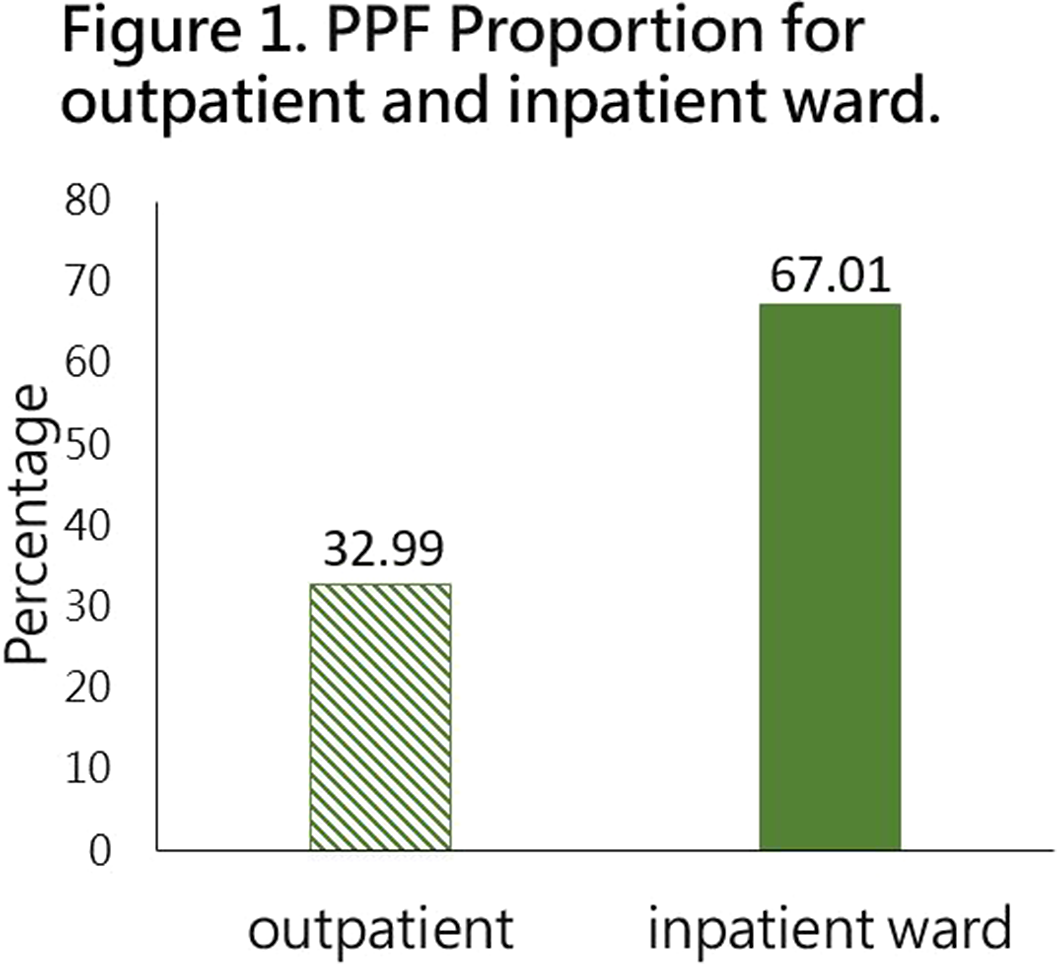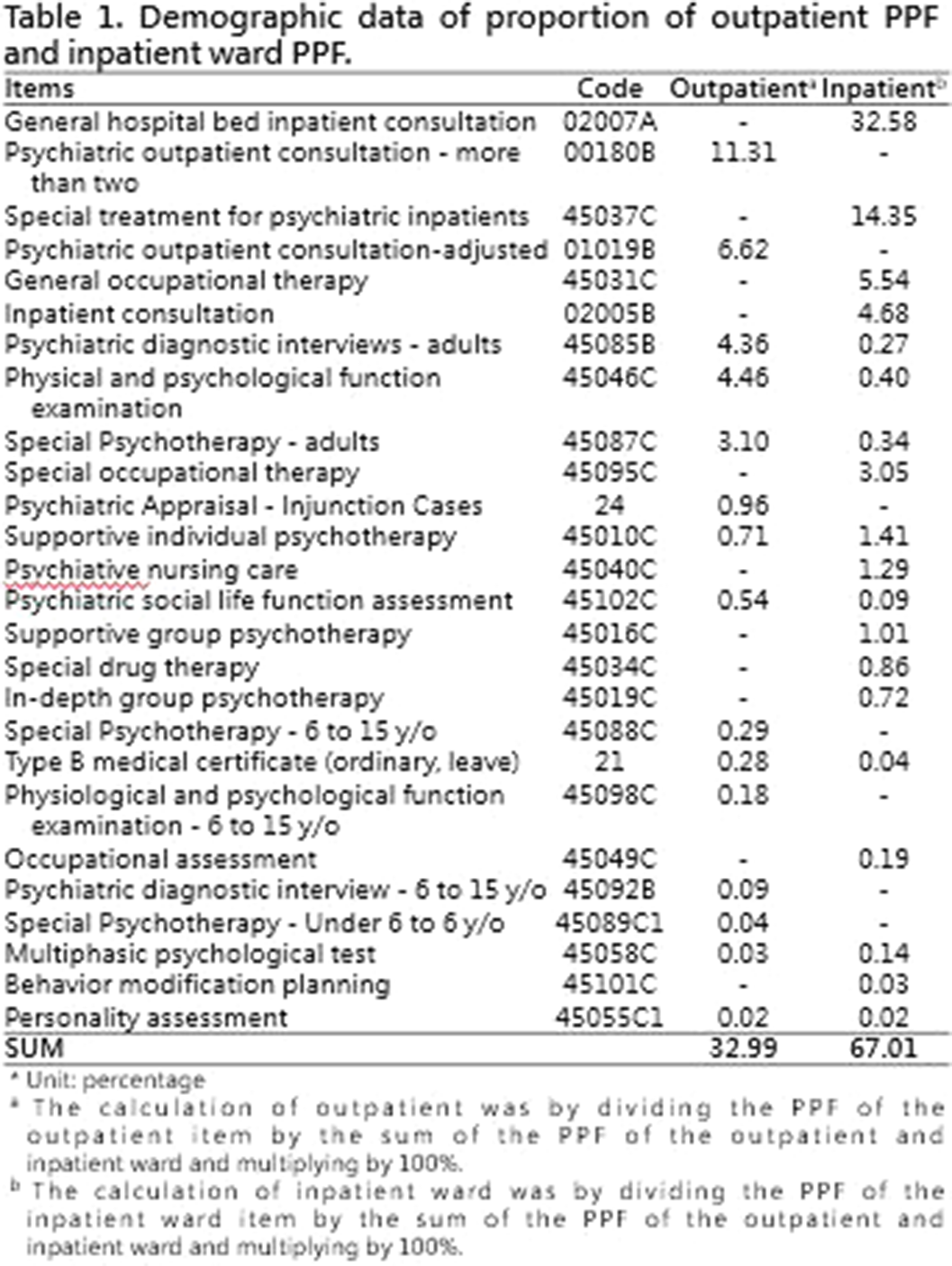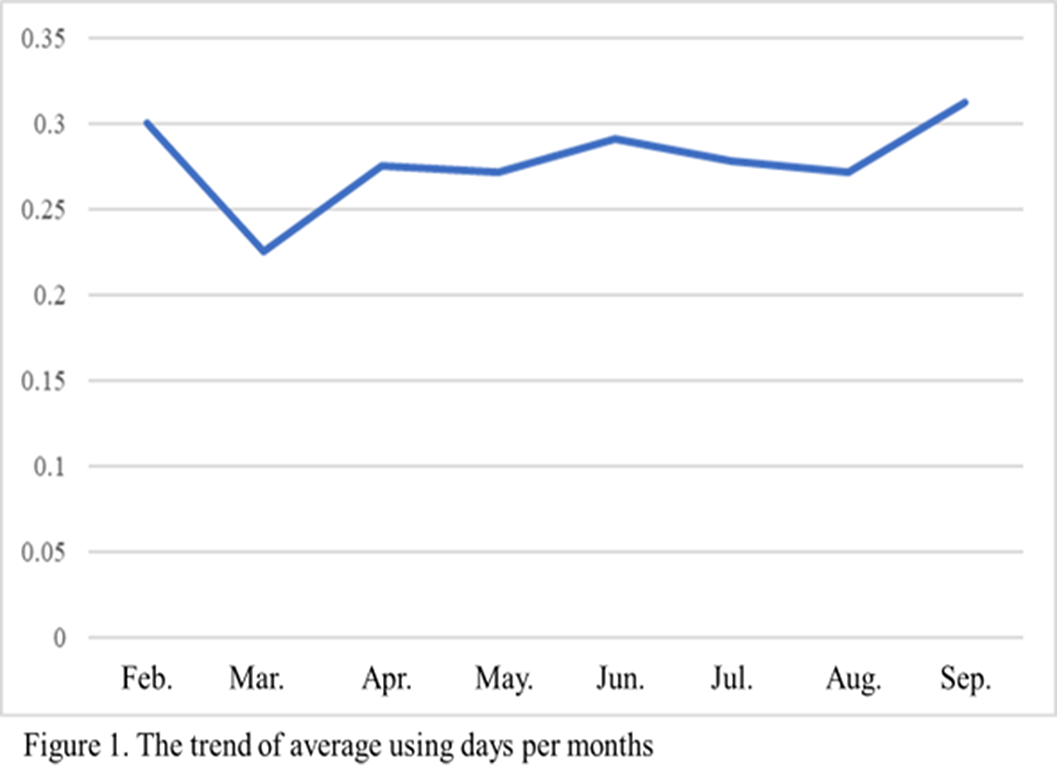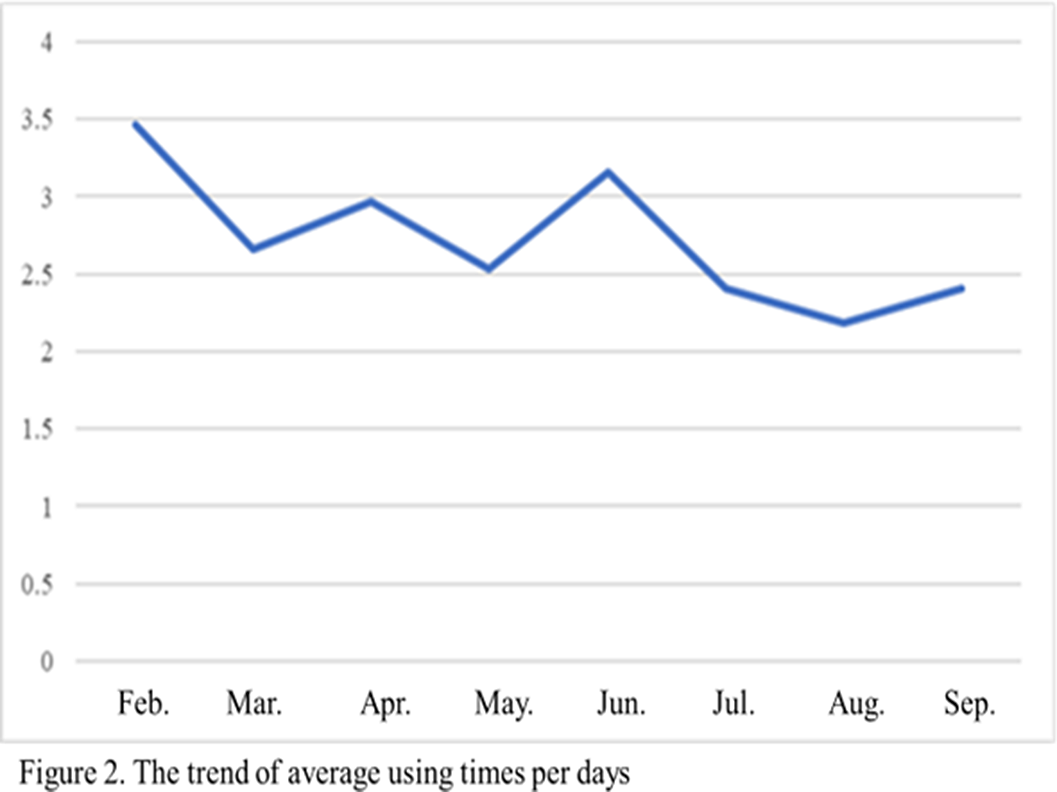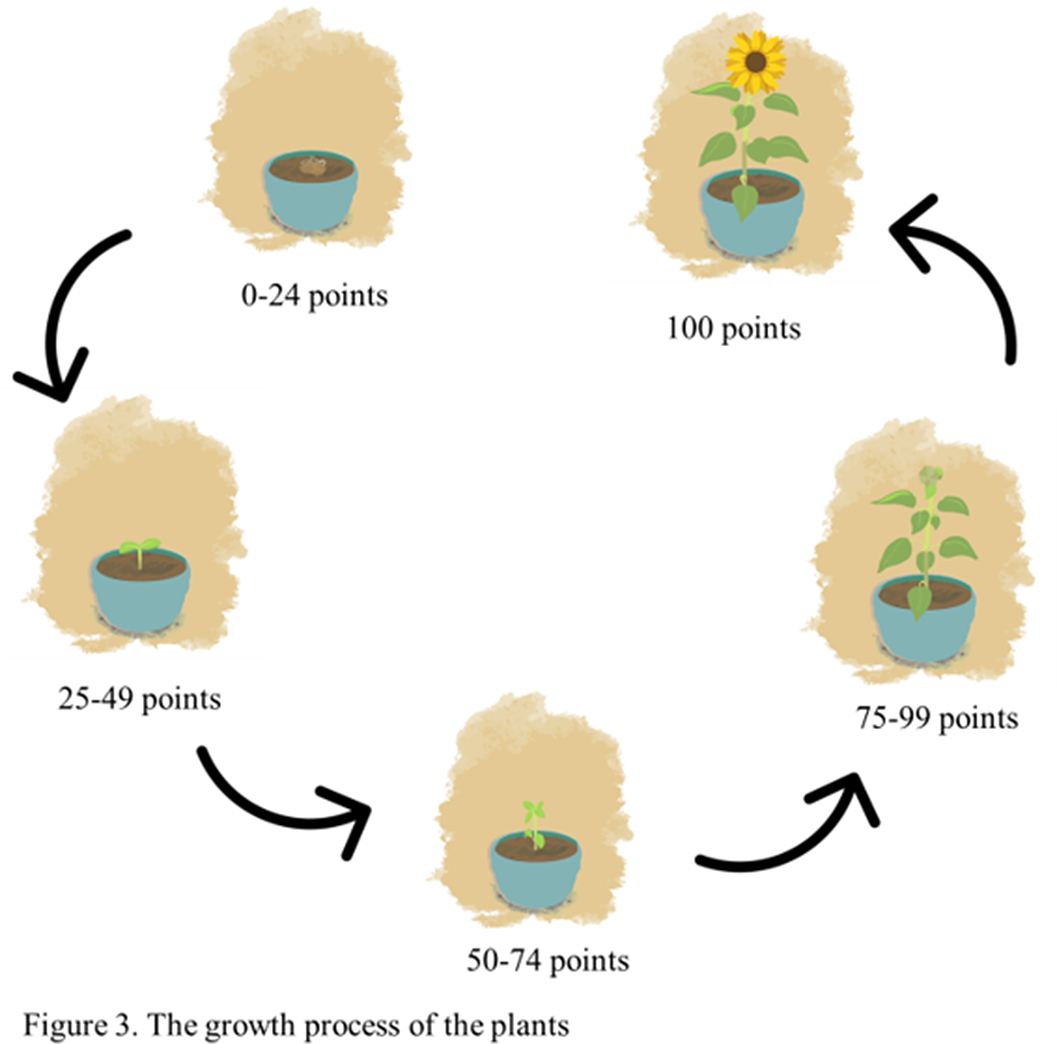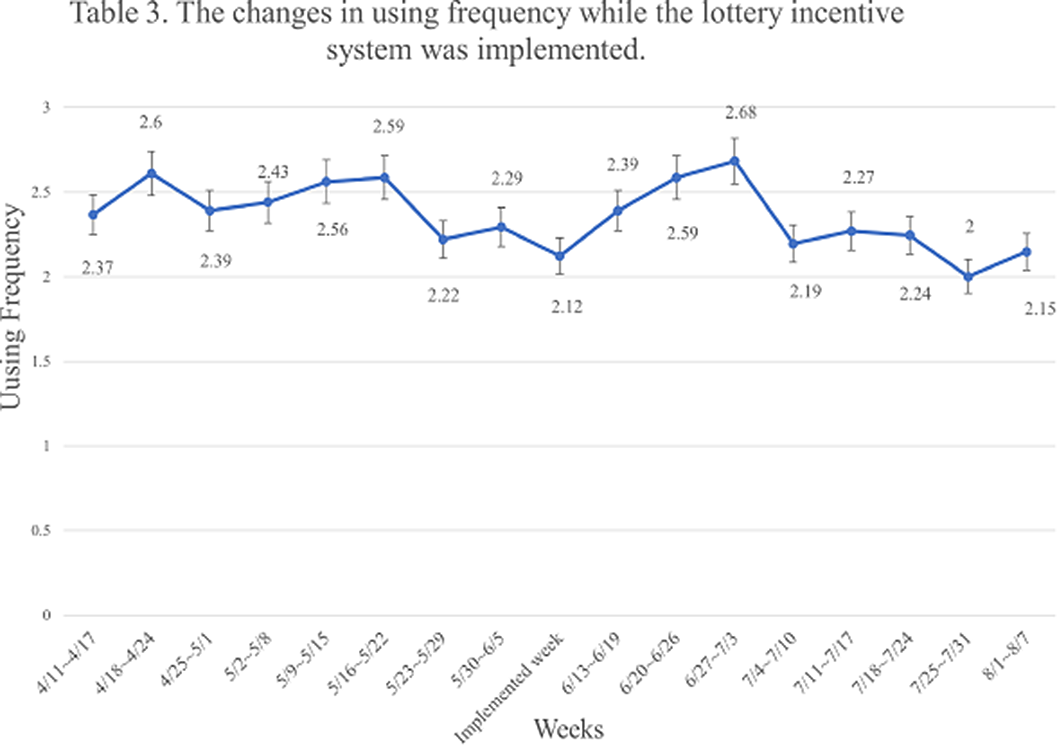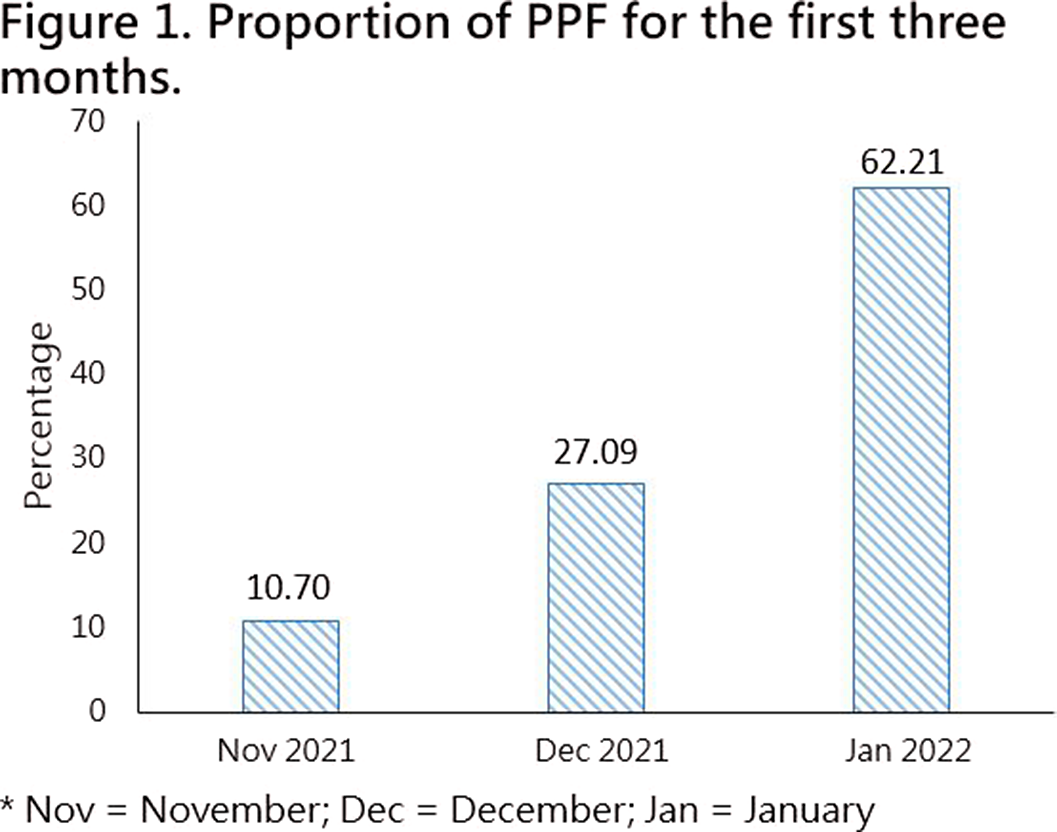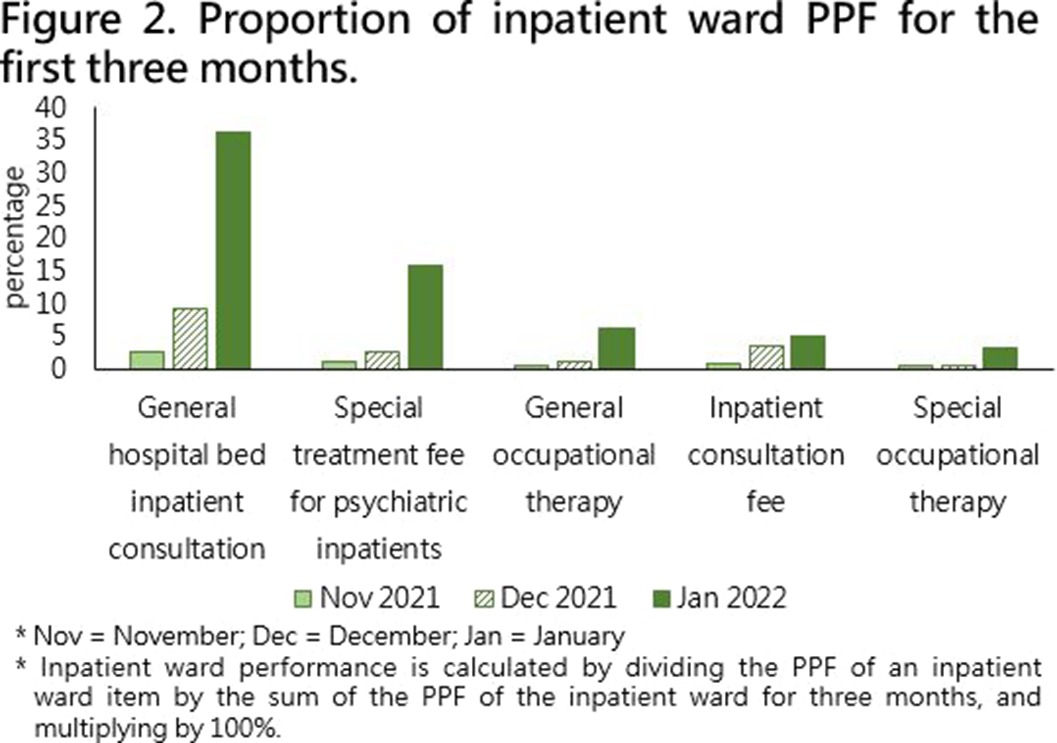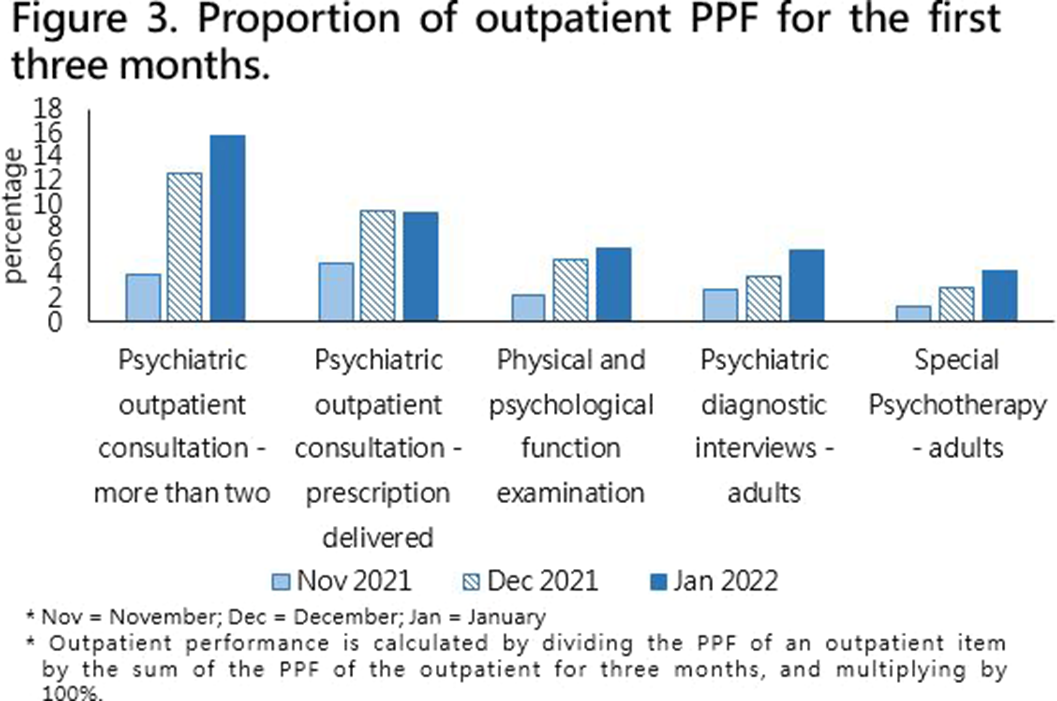768 results
P.016 Re-norming medical education: centering patient experience and diverse bodies in Lumbar Puncture (LP) instruction
-
- Journal:
- Canadian Journal of Neurological Sciences / Volume 51 / Issue s1 / June 2024
- Published online by Cambridge University Press:
- 24 May 2024, p. S19
-
- Article
-
- You have access
- Export citation
D.1 Efficacy, safety, and tolerability of subcutaneous efgartigimod in chronic inflammatory demyelinating polyneuropathy: results from the ADHERE trial
-
- Journal:
- Canadian Journal of Neurological Sciences / Volume 51 / Issue s1 / June 2024
- Published online by Cambridge University Press:
- 24 May 2024, pp. S8-S9
-
- Article
-
- You have access
- Export citation
Multiple model fault diagnosis and fault tolerant control for the launch vehicle’s attitude control system
-
- Journal:
- The Aeronautical Journal , First View
- Published online by Cambridge University Press:
- 09 May 2024, pp. 1-20
-
- Article
- Export citation
Relative bioavailability of lutein and zeaxanthin in the presence of Omega-3- supplements and oxidative stress levels in humans
-
- Journal:
- Proceedings of the Nutrition Society / Volume 83 / Issue OCE1 / April 2024
- Published online by Cambridge University Press:
- 07 May 2024, E53
-
- Article
-
- You have access
- Export citation
Incidence of mental health diagnoses during the COVID-19 pandemic: a multinational network study
-
- Journal:
- Epidemiology and Psychiatric Sciences / Volume 33 / 2024
- Published online by Cambridge University Press:
- 04 March 2024, e9
-
- Article
-
- You have access
- Open access
- HTML
- Export citation
Chemical upgrading of sedimentary Na-chabazite from Bowie, Arizona
-
- Journal:
- Clays and Clay Minerals / Volume 55 / Issue 3 / June 2007
- Published online by Cambridge University Press:
- 01 January 2024, pp. 235-238
-
- Article
- Export citation
The Synthesis of a Platy Chabazite Analog From Delaminated Metakaolin with the Ability to Surface Template Nanosilver Particulates
-
- Journal:
- Clays and Clay Minerals / Volume 56 / Issue 6 / December 2008
- Published online by Cambridge University Press:
- 01 January 2024, pp. 655-659
-
- Article
- Export citation
97 Distinct Clinical and Neuroanatomic Factors Associated with Function-based versus Patient-Reported Outcome Measures After Stroke
-
- Journal:
- Journal of the International Neuropsychological Society / Volume 29 / Issue s1 / November 2023
- Published online by Cambridge University Press:
- 21 December 2023, pp. 196-197
-
- Article
-
- You have access
- Export citation
4 Risk Factor and Biomarker Correlates of FLAIR White Matter Hyperintensities in Former American Football Players
-
- Journal:
- Journal of the International Neuropsychological Society / Volume 29 / Issue s1 / November 2023
- Published online by Cambridge University Press:
- 21 December 2023, pp. 608-610
-
- Article
-
- You have access
- Export citation
3 - Global Bird Communities of Alpine and Nival Habitats
-
-
- Book:
- Ecology and Conservation of Mountain Birds
- Published online:
- 30 June 2023
- Print publication:
- 20 July 2023, pp 90-136
-
- Chapter
- Export citation
Taiwan National Health Insurance and the Difference between Proportional Physician Fee of Outpatient and Inpatient Ward in General Hospital during the COVID-19 pandemic : Case Report
-
- Journal:
- European Psychiatry / Volume 66 / Issue S1 / March 2023
- Published online by Cambridge University Press:
- 19 July 2023, pp. S310-S311
-
- Article
-
- You have access
- Open access
- Export citation
Systematic Review on the Mechanisms of Action of Psilocybin in the Treatment of Depression
-
- Journal:
- European Psychiatry / Volume 66 / Issue S1 / March 2023
- Published online by Cambridge University Press:
- 19 July 2023, pp. S416-S417
-
- Article
-
- You have access
- Open access
- Export citation
A systematic review to assess the use of psilocybin in the treatment of headaches
-
- Journal:
- European Psychiatry / Volume 66 / Issue S1 / March 2023
- Published online by Cambridge University Press:
- 19 July 2023, pp. S617-S618
-
- Article
-
- You have access
- Open access
- Export citation
Using Gamification of Smart Healthcare among Individuals with Bipolar Disorder
-
- Journal:
- European Psychiatry / Volume 66 / Issue S1 / March 2023
- Published online by Cambridge University Press:
- 19 July 2023, pp. S195-S196
-
- Article
-
- You have access
- Open access
- Export citation
Benzodiazepine Prescription for Anxiety Disorders Increase the Risk of Substance Use Disorders: A Retrospective Cohort Study
-
- Journal:
- European Psychiatry / Volume 66 / Issue S1 / March 2023
- Published online by Cambridge University Press:
- 19 July 2023, p. S324
-
- Article
-
- You have access
- Open access
- Export citation
Effects of undergraduates’ chronotypes and perceived stress on their sleep quality: A cross-sectional study
-
- Journal:
- European Psychiatry / Volume 66 / Issue S1 / March 2023
- Published online by Cambridge University Press:
- 19 July 2023, p. S720
-
- Article
-
- You have access
- Open access
- Export citation
Providing Incentives on a Smartphone-Based Mood Relapse Warning Application among Patients with Bipolar Disorder
-
- Journal:
- European Psychiatry / Volume 66 / Issue S1 / March 2023
- Published online by Cambridge University Press:
- 19 July 2023, pp. S276-S277
-
- Article
-
- You have access
- Open access
- Export citation
Taiwan National Health Insurance and Proportional Physician Fee of Psychiatrist in General Hospital during the COVID-19 pandemic : Case Report
-
- Journal:
- European Psychiatry / Volume 66 / Issue S1 / March 2023
- Published online by Cambridge University Press:
- 19 July 2023, pp. S1029-S1030
-
- Article
-
- You have access
- Open access
- Export citation
Erythrocyte membrane n-3 PUFA are inversely associated with breast cancer risk among Chinese women
-
- Journal:
- British Journal of Nutrition / Volume 131 / Issue 1 / 14 January 2024
- Published online by Cambridge University Press:
- 29 June 2023, pp. 103-112
- Print publication:
- 14 January 2024
-
- Article
- Export citation
32 - Creativity and Emotion
- from Part V - Emotions and Creativity at School and Work
-
-
- Book:
- The Cambridge Handbook of Creativity and Emotions
- Published online:
- 16 February 2023
- Print publication:
- 23 February 2023, pp 620-640
-
- Chapter
- Export citation



